
Installing a Gear Vendors Overdrive
Text and Photos by Larry Weiner
Many project cars, be they Cobra replicas, street rods or restomods, use old-school drivetrain components, such as a carbureted big-block V8 backed by a four-speed trannie. Of course, this throwback approach is a large part of their appeal, reliving the glory days of muscle cars. There’s a way to have your cake and eat it too, though, by adding a single component that will dramatically improve performance of your vehicle, while improving fuel consumption and your driving experience. This proven driveline component is a Gear Vendors overdrive.
We take this transmission upgrade for granted today in new vehicles, as most manufactured since the early 1980s have been equipped with transmissions that include an overdrive. But the majority of classic cars—and virtually none of the mighty muscle cars from the Golden Era—were equipped with an overdrive. The result is that these vehicles, especially those equipped with high numerical final drive ratios, deliver marginal fuel economy because they operate at elevated engine rpm, especially when driven at highway speeds.
Installing an overdrive is the practical solution to this problem, and the good news is that it’s easy to do. The accompanying photos illustrate how simple it is to turn your vintage Chevy or other project car into a modern highway cruiser using a Gear Vendors Overdrive. This unit is the most popular overdrive conversion for factory transmissions. With over 100 different applications, you’ll likely find one that fits your particular buildup.
The particular subject of this article is a 1967 Camaro SS350 (but there are many other vehicle applications, as noted in the sidebar). It’s equipped with its original Muncie M20 4-speed manual transmission and 12-bolt differential with a 3.73:1 gear set.
Since fourth gear in the transmission is a 1:1 ratio, with the 373 gear, every time we reached 55 miles per hour, the Camaro felt like it was ready to be shifted into the next higher gear. The problem was, we were already in fourth, and there weren’t any more gears left. (Editor’s note: We’ve run into the same problem with a 4-speed Toploader, and the buzz of the high engine revs can drive you batty after a while...)
Although the vehicle only weighs 2940 pounds, light by today’s standards, the high gearing resulted in a busy engine and mediocre fuel economy. Because we like life in the fast lane, and certainly appreciate better fuel economy, we decided to install a Gear Vendors in the Camaro.
The Gear Vendors offers a 22 percent overdrive, turning our 373 gear into a 2.91:1 final drive. This lowered the tach readout at 70 mph from 3700 to 3100 rpm, making our Camaro SS far more freeway friendly. Hello fast lane!
Living life in the fast lane will not be limited to the freeway, though. While the Muncie M20 is a robust design and was a state of the art transmission in the 1960s when it was introduced, today a 4-speed is something of an anachronism.
The Gear Vendors Overdrive brings this legendary muscle car transmission into the 21st century. It not only provides the Camaro with an overdrive, the Gear Vendors also enables you to split the gears in the Muncie, and take full advantage of the benefits of both the transmission and the overdrive.
If you really want to maximize the versatility of the combination, get ready to shock your friends and competitors by starting in First gear like a conventional manual. Then upshift using the Gear Vendors to first over, a lightning shift that will make your vehicle act and sound just like an automatic.
Then, leaving it in overdrive, shift normally to Second and Third. During the shift to Fourth, press the button on the Gear Vendor shift knob and you’ll get the regular Fourth gear ratio and then follow that up with Fourth Over by pressing the button again. The result is a fully functional six-speed transmission that retains the tactile feel and precision that you expect from a Muncie, yet complemented by the advantages of the Gear Vendors Overdrive. As noted at the outset, with a Gear Vendors you really can have your cake and eat it too!
Follow along with us as the technicians at Gear Vendors install one of their Under/Overdrive units on the 1967 Camaro and turn it into a muscle car with a newfound ability to compress time and space, while achieving better fuel economy and increasing your driving enjoyment.
Other Applications
We asked Rick Johnson, president and founder of Gear Vendors, about the range of vehicles that can be fitted with the company’s aftermarket overdrive unit. Here’s what he had to say about the 4-speed Toploader and other transmissions:
“Yes, we fit the Toploader, but in an already assembled Cobra replica that will have some challenges because we use the shorty output shaft for Cobra to keep the driveshaft length.”
He notes that many of his company’s kits have both shorty and standard-length applications for the really short wheelbase vehicle (Say a ‘40 Willys and shorter).
“So a guy with an A-body Hemi Dart will use the long 833 4-speed or the long 727, plus a Gear Vendors for the ease of fitment, and because a shorter driveline is a benefit in high performance/racing applications,” he points out. “But a Willys will use our shorty kit because a 727 is already pretty long in the chassis. So we put in the 4x4 output shaft or the truck diesel short shaft and then you can keep good driveline lengths.
Noting the use of this unit in collectible cars, Gear Vendors offers the only transmission modification allowed,” he says. That’s because it keeps the original trans in place and yet lets these vehicles drive modern roads at modern speeds while taking care of the engine and providing 25 percent better fuel economy.
“In the last ten years we have also started to see this in the muscle car values,” Johnson adds. “Imagine you had a Boss 429 Mustang all original. A Gear Vendors is about the only thing you could do to the car that would not depreciate its value, because the car is still original, no mods. You keep the original driveshaft and tailhousing in the garage but now you can drive it, cruise it, get on it and grab a gear with no clutch. And if you sell the car it is likely going to go for more because both the collector or a driver will be interested.”
Commenting further on the range of applications, “We fit all the old torque-tube Buicks and Fords, we fit Muncie 318 and Ford 3-speeds, and all the transmissions from Powerglides to 4L80e and Nash 2spds to GForce GF5R.”
Commenting further on the range of applications, “We fit all the old torque-tube Buicks and Fords, we fit Muncie 318 and Ford 3-speeds, and all the transmissions from Powerglides to 4L80e and Nash 2spds to GForce GF5R.”
Why not simply install a modern 5- or 6-speed trannie? “When you throw some late-model manual or automatic in the car the gear to gear driving experience and shift feel is very different,” he points out. “The old transmissions were all about the drag strip and that is not the case with the ratios in late-model swaps. A T5 will feel like you skipped a whole gear each time compared to a Muncie.”

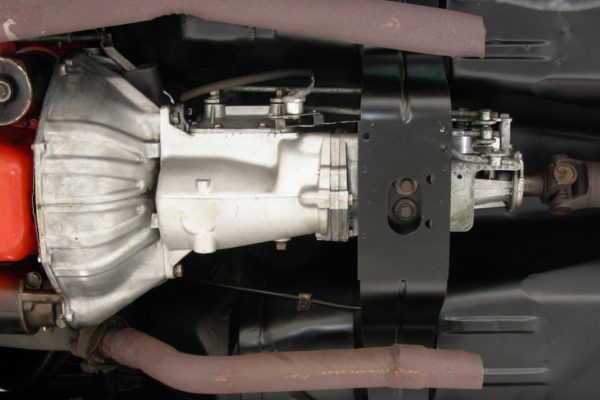
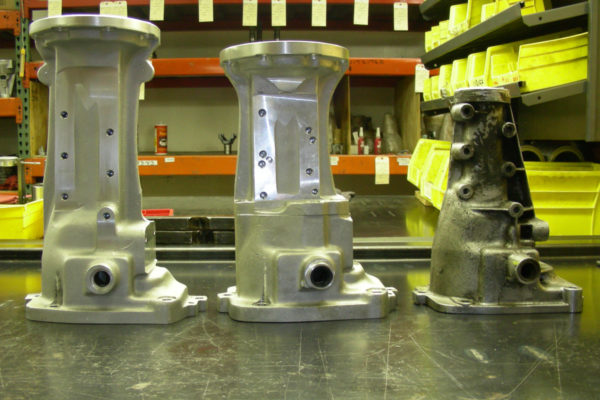
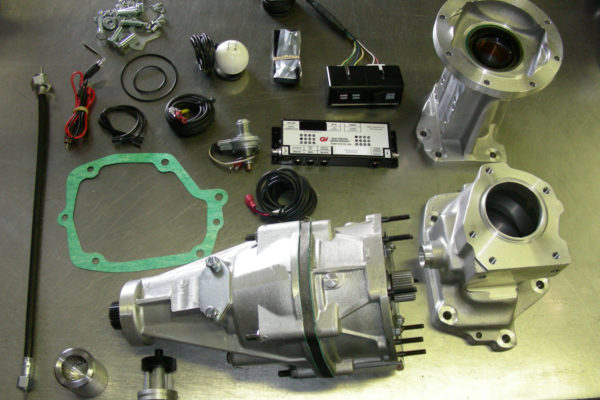
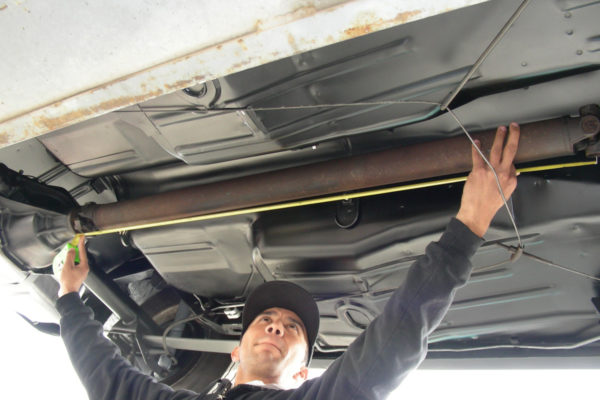
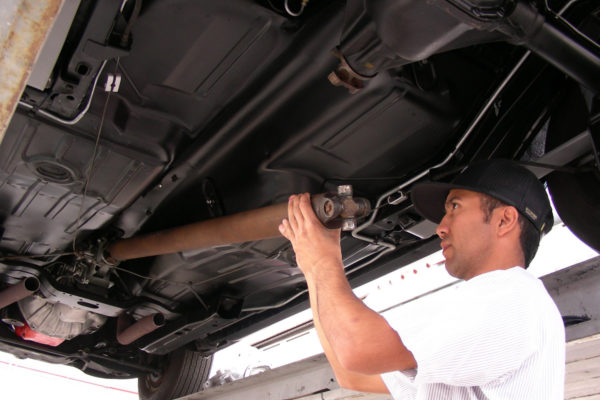
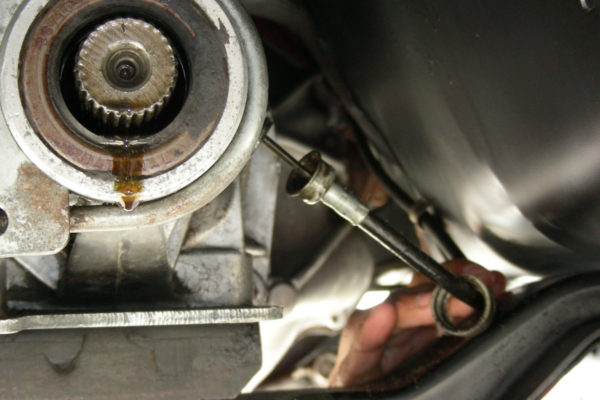
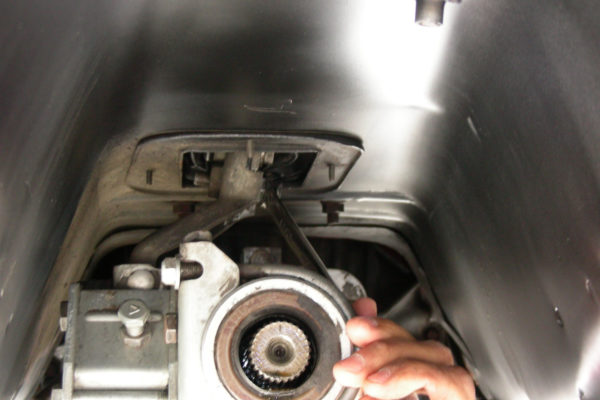
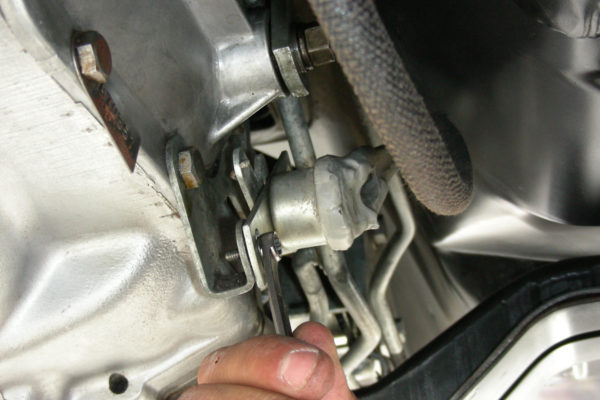
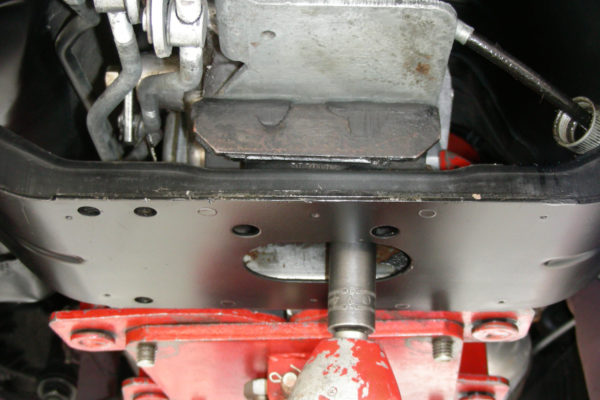
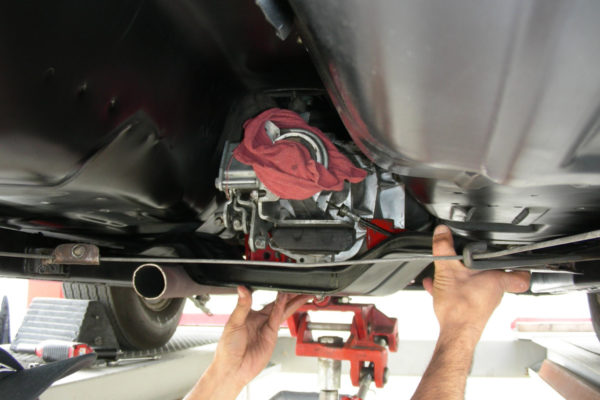
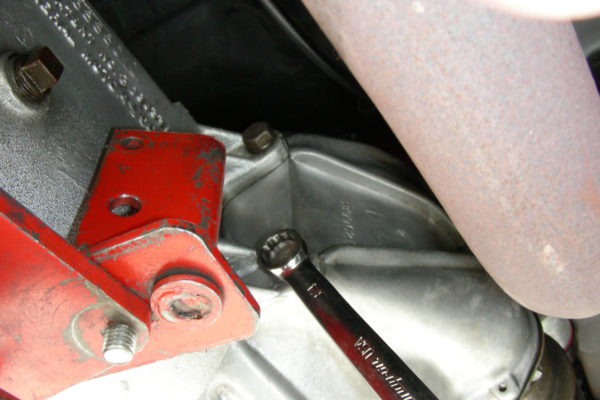
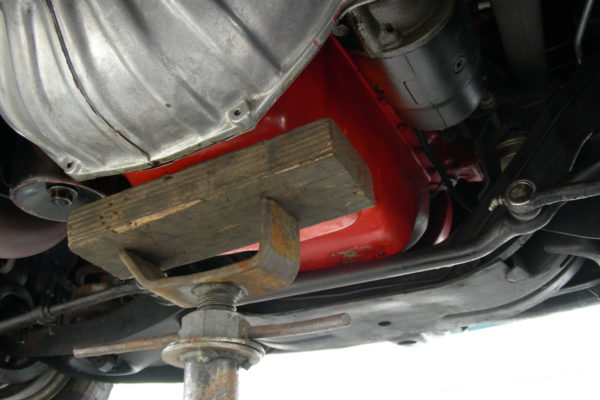
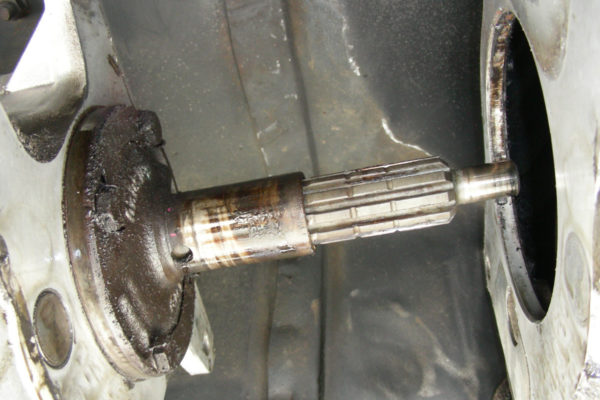
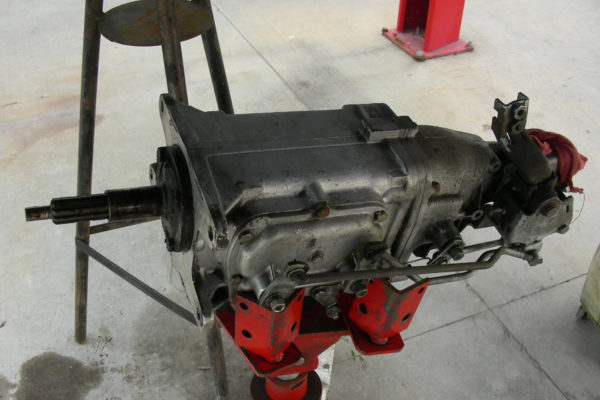
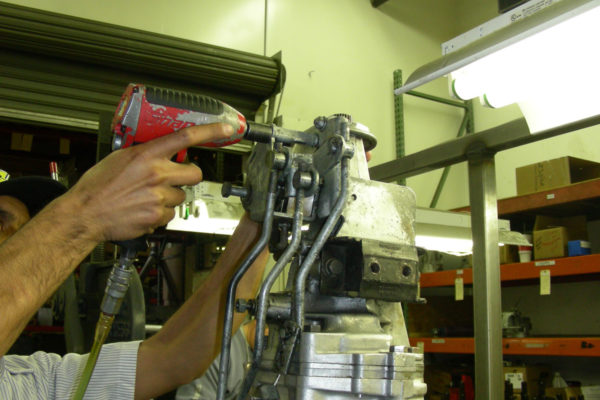
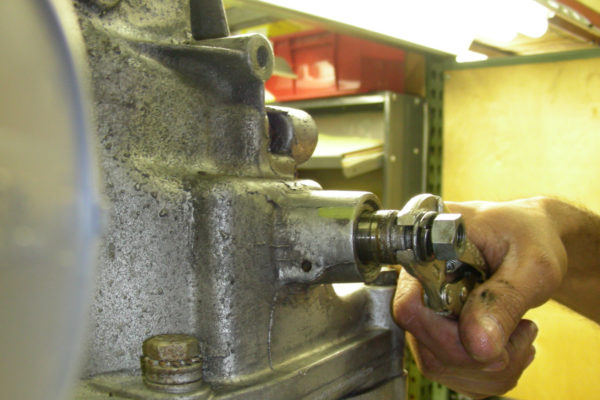
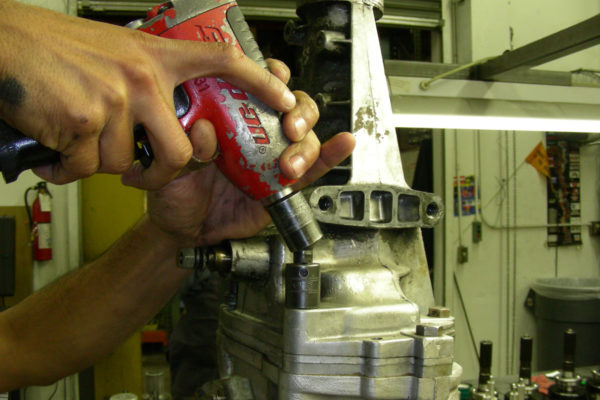
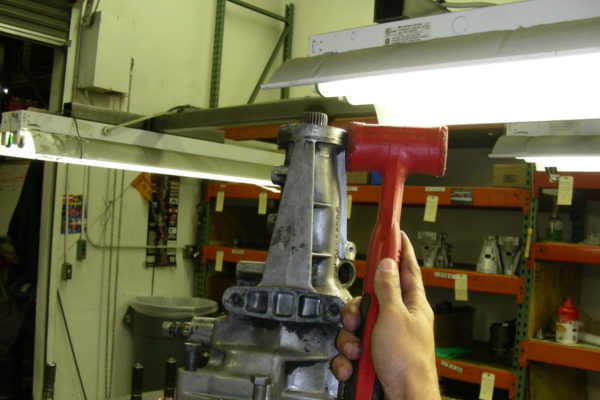
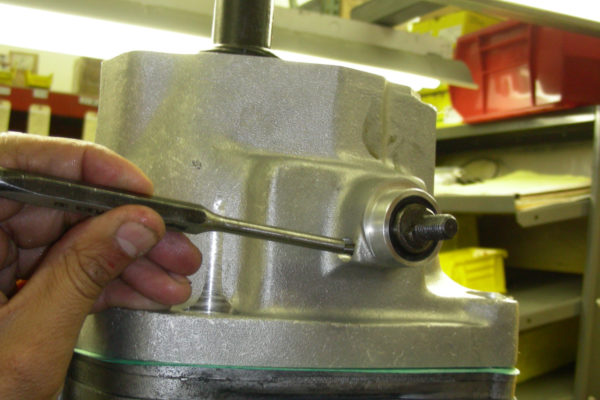
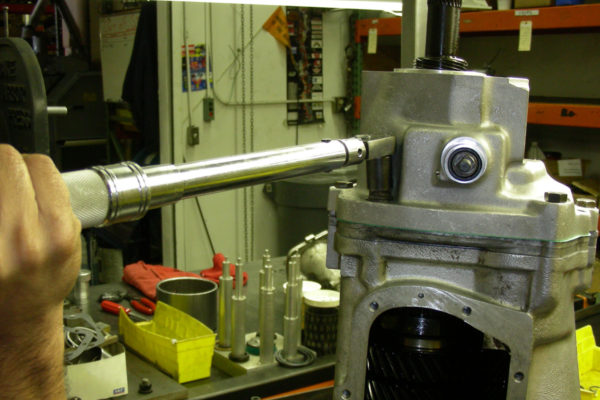
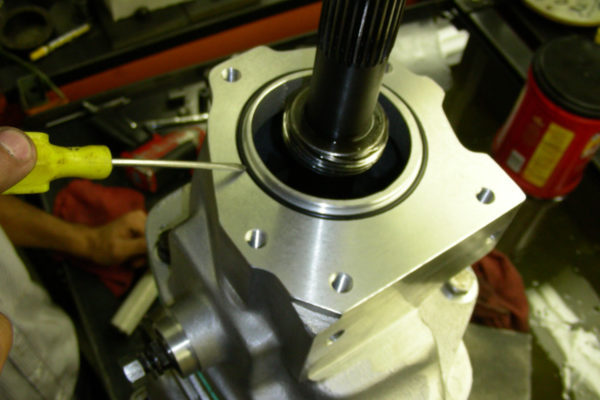
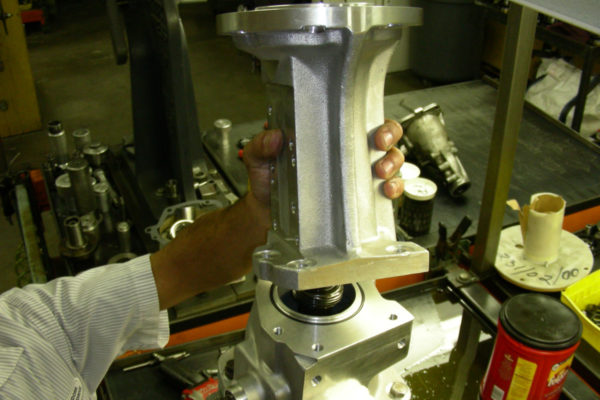
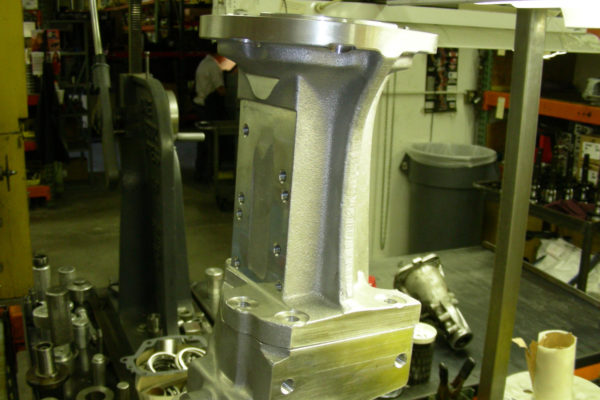
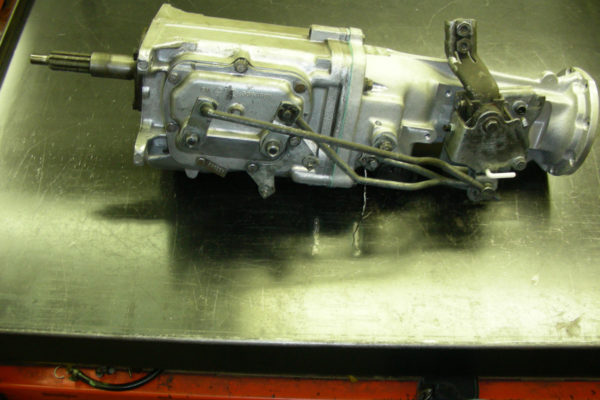
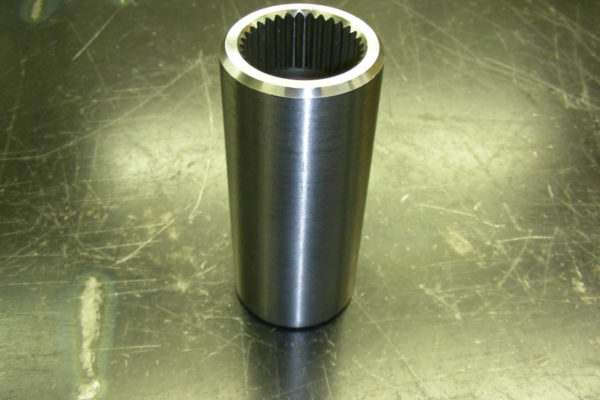
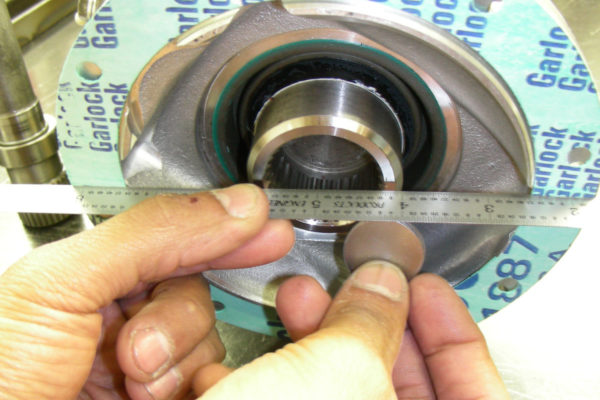
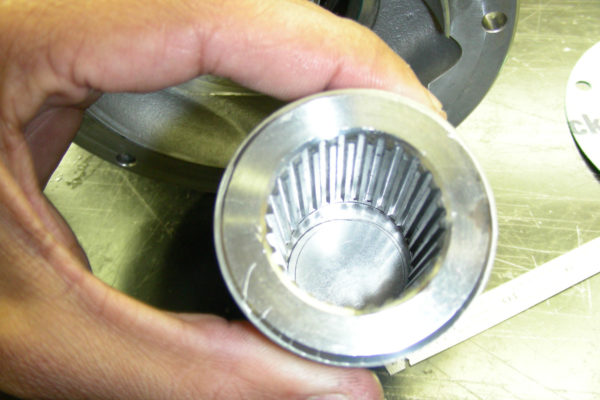
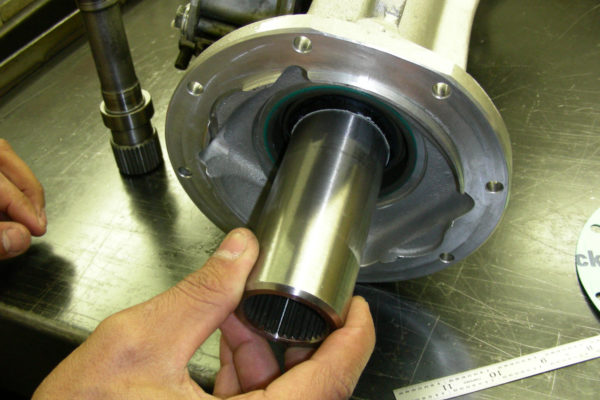
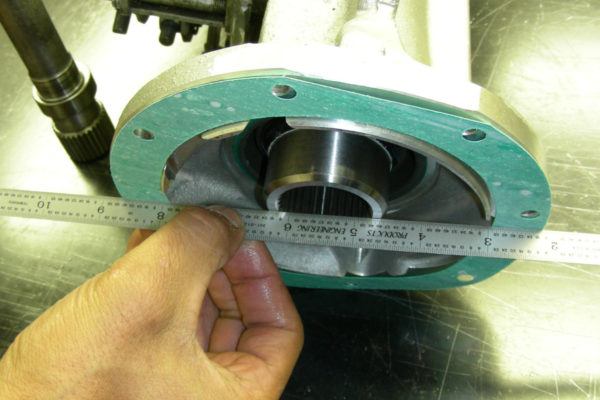
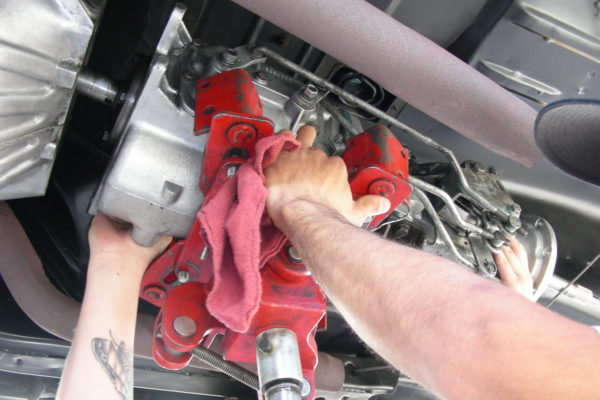

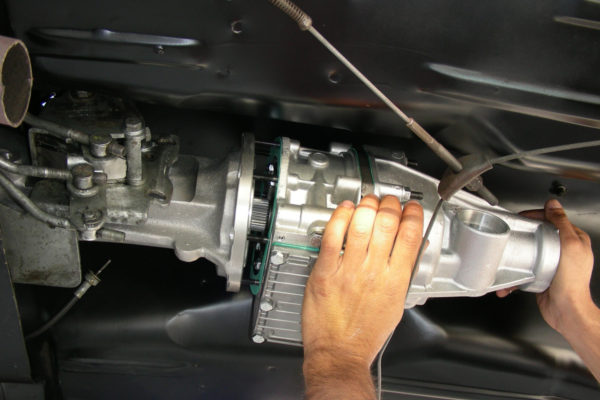
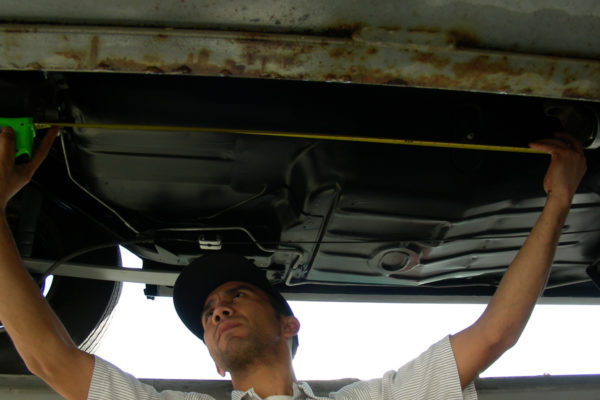
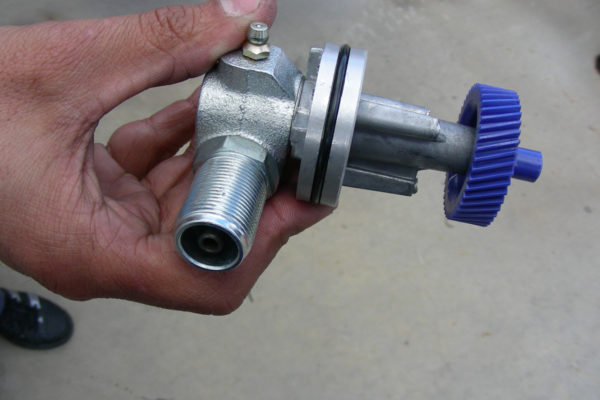
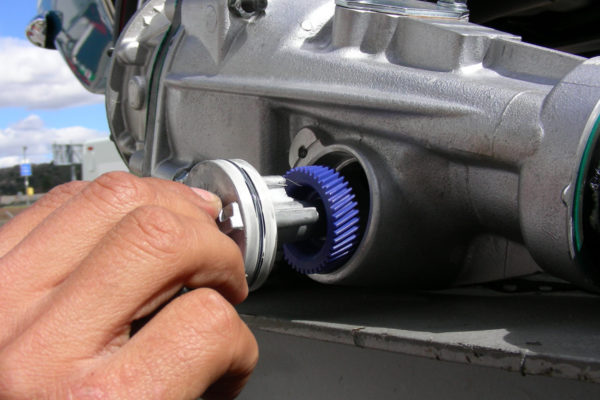
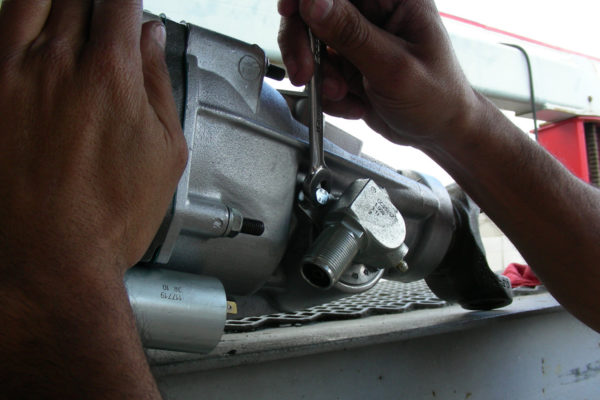
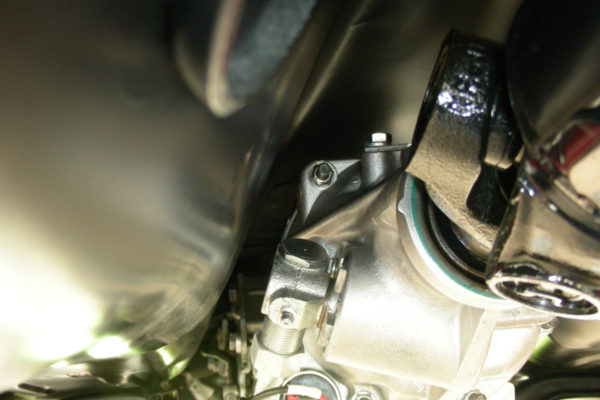
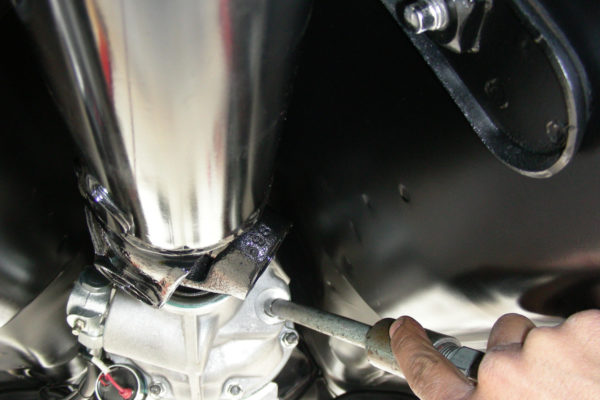
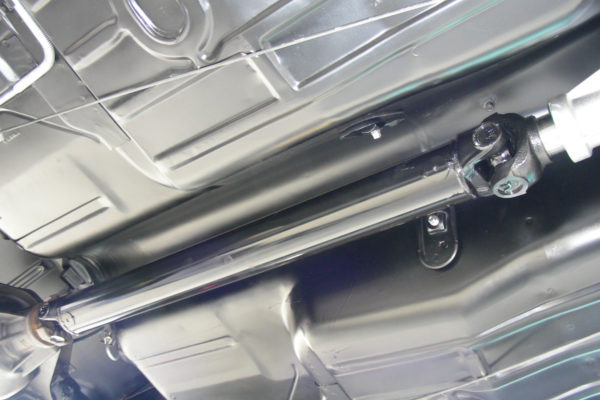
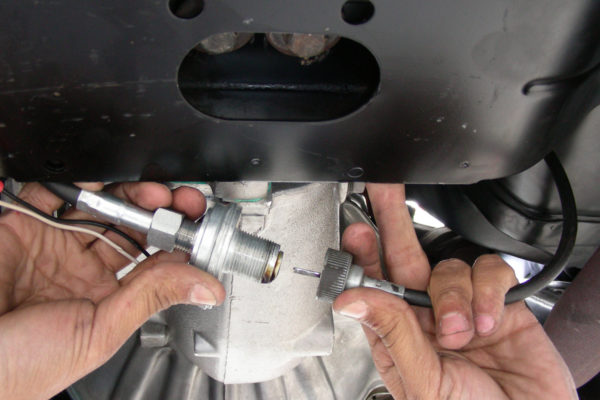
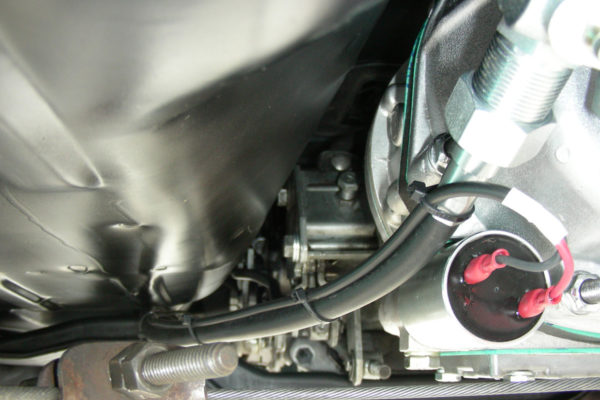
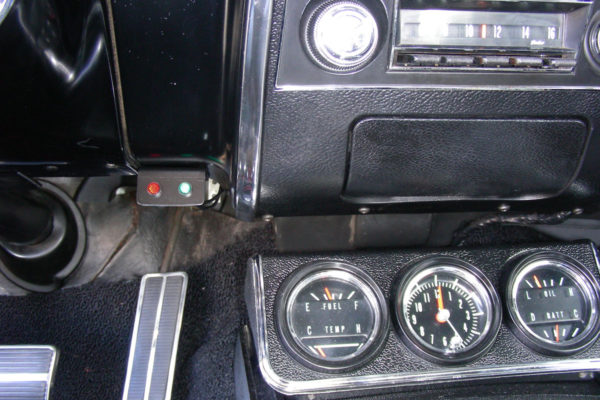
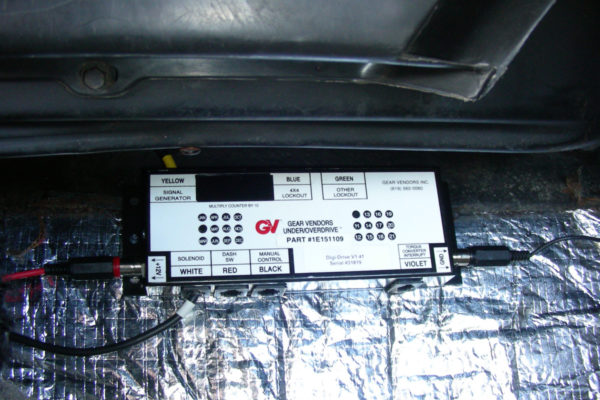
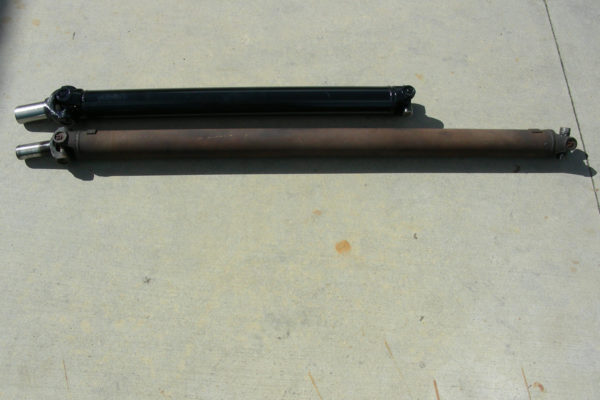
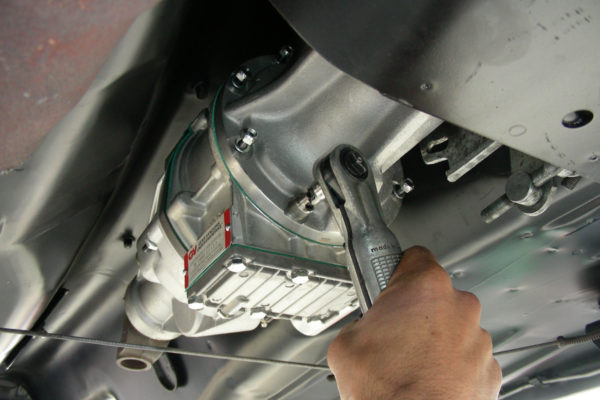
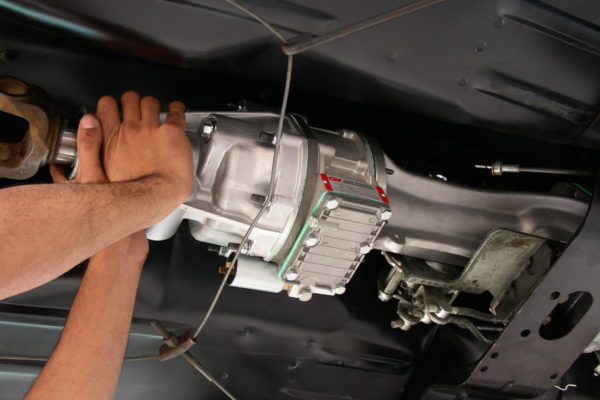




Comments for: UPDATED DRIVETRAIN
comments powered by Disqus